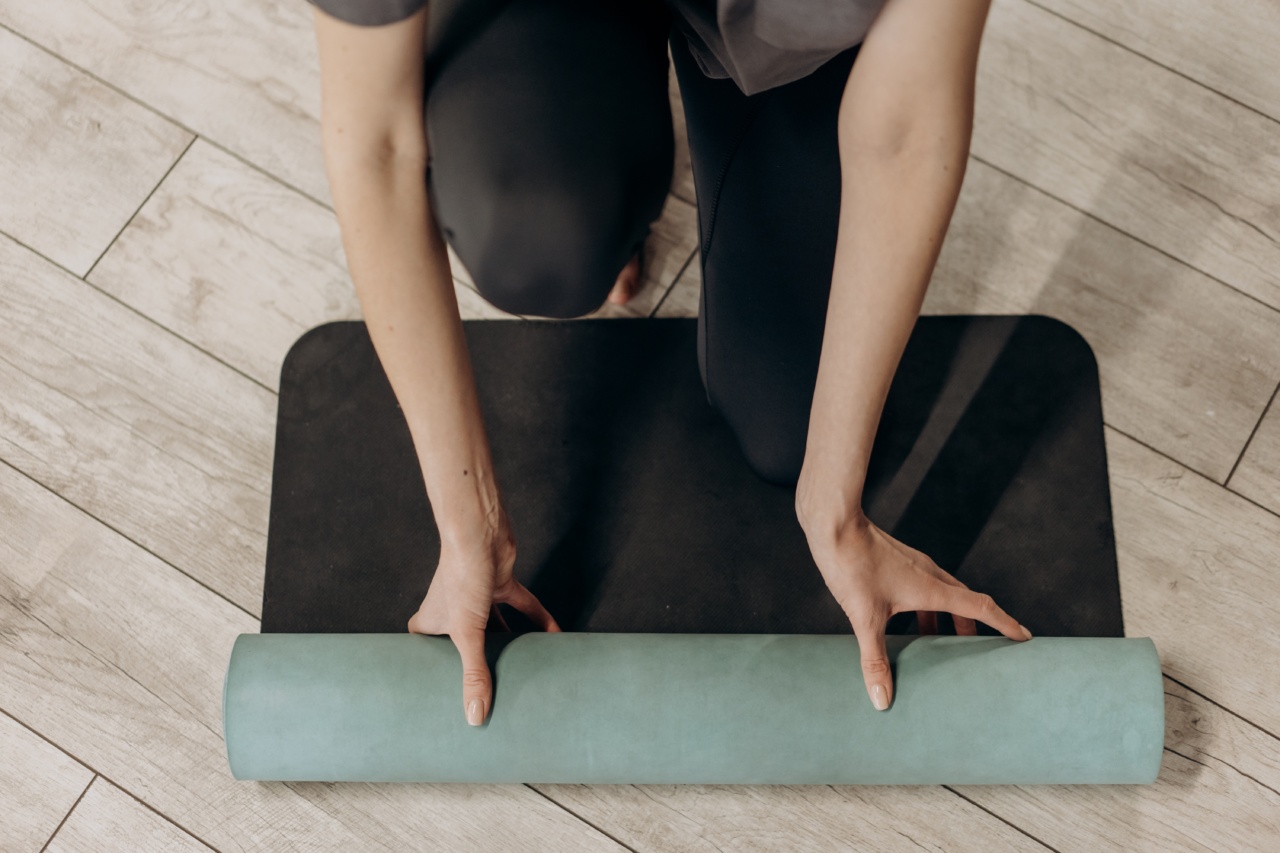Parkinson’s disease is a progressive disorder of the nervous system that affects movement. Symptoms start gradually, sometimes with a barely noticeable tremor in just one hand.
But over time, the disease progresses, and the tremor may spread to both hands and legs. There is currently no cure for Parkinson’s disease, but with the right treatment and exercise, people with Parkinson’s can manage and slow down the symptoms and their progression.
What Is Exercise?
Exercise is physical activity that is planned, structured, and repetitive for the purpose of conditioning any part of the body.
How Does Exercise Benefit People With Parkinson’s?
Exercise can help improve mobility, flexibility, balance, mood, and overall quality of life for people with Parkinson’s disease.
Additionally, research has shown that exercise can improve the brain’s ability to produce dopamine, a neurotransmitter that is essential for movement and that is depleted in Parkinson’s disease. By improving brain function, exercise can help slow down the progression of Parkinson’s.
Exercise Tips for People with Parkinson’s
When starting an exercise program, it is important to start slowly and listen to your body. If you experience pain or discomfort during exercise, stop and talk to your doctor or physical therapist. Here are some tips to help you get started:.
1. Choose Low-Impact Exercises
Low-impact exercises are easier on the joints and muscles and can help reduce the risk of injury. Walking, cycling, and swimming are all excellent low-impact exercises for people with Parkinson’s.
Yoga and tai chi are also good options, as they can help improve balance, flexibility, and strength.
2. Incorporate Strength Training
Strength training can help improve muscle strength, which can help with balance and mobility. Resistance bands, dumbbells, and weight machines can all be used for strength training exercises.
It is important to start with light weights and gradually increase them as you get stronger.
3. Include Balance Exercises
Balance exercises can help reduce the risk of falls and improve overall mobility. Simple exercises like standing on one leg or walking heel-to-toe can be effective for improving balance.
Yoga, tai chi, and Pilates are also good options for people with Parkinson’s.
4. Maintain Good Posture and Alignment
Good posture and alignment can help improve overall mobility and reduce the risk of injury. When exercising, keep your shoulders back, your chin up, and your spine neutral. This will help you maintain good posture and balance throughout your workout.
5. Add Aerobic Exercise to Your Routine
Aerobic exercise can help improve cardiovascular health and endurance. Walking, swimming, cycling, and dancing are all good choices for aerobic exercise.
It is important to start slowly and gradually increase the duration and intensity of your aerobic workouts.
Conclusion
Exercise can be a powerful tool for managing the symptoms of Parkinson’s disease. By incorporating regular physical activity into your routine, you can improve mobility, flexibility, balance, and overall quality of life.
Additionally, exercise can help slow down the progression of Parkinson’s disease by improving brain function and increasing the production of dopamine. If you have Parkinson’s disease, talk to your doctor or physical therapist about developing an exercise plan that is right for you.






























